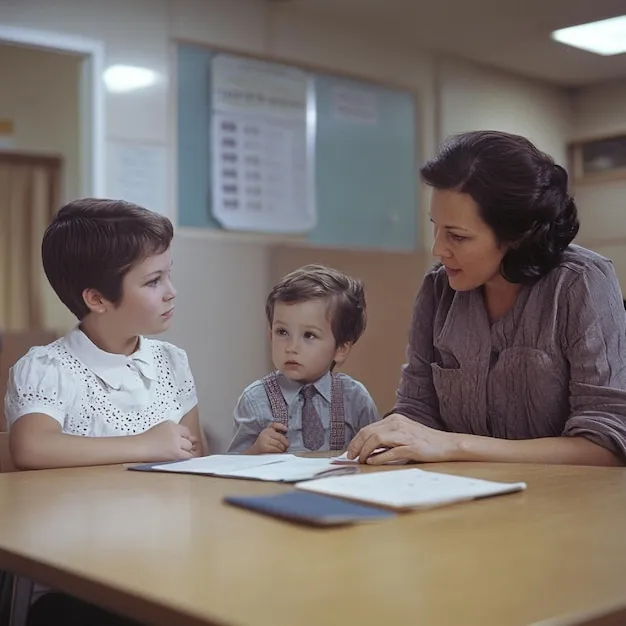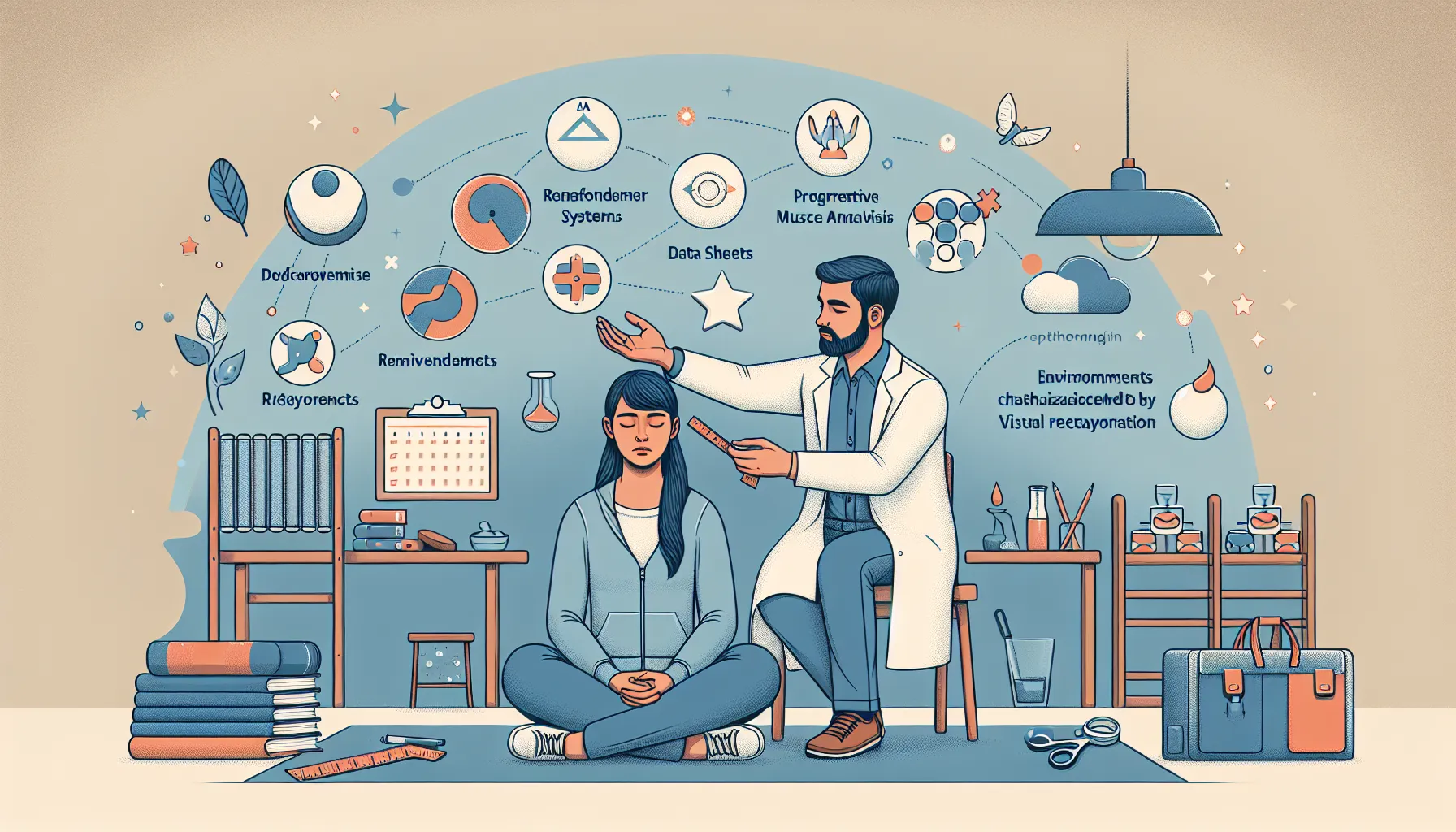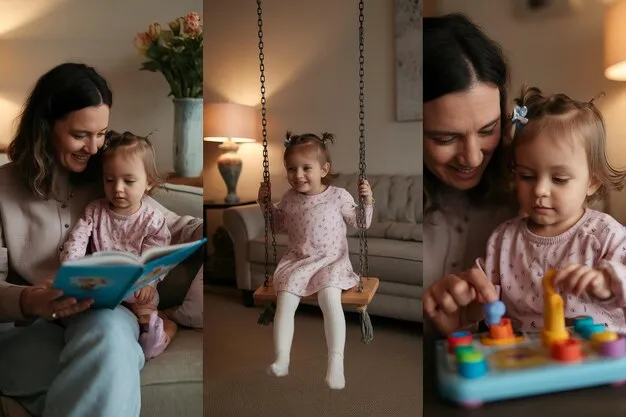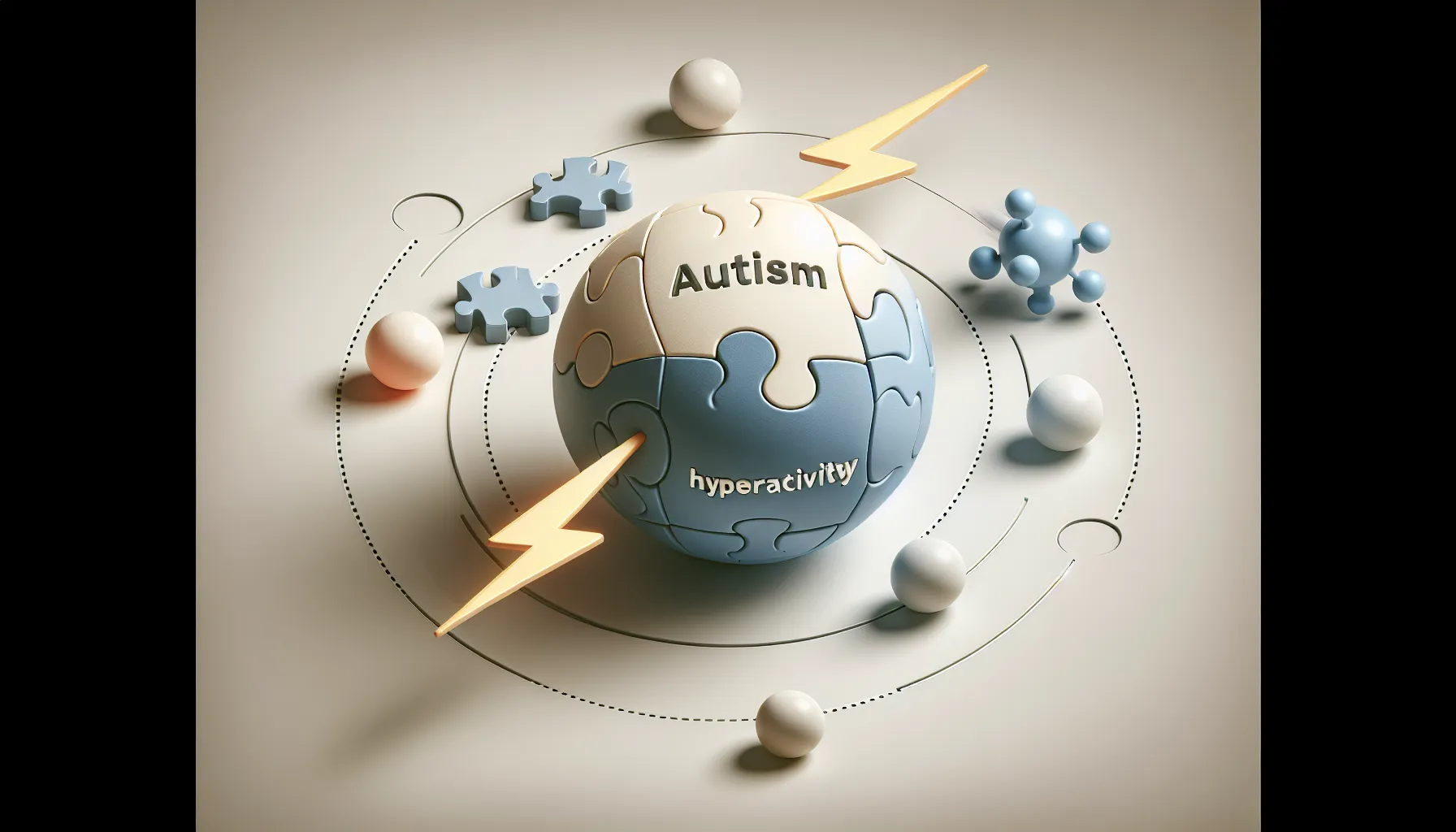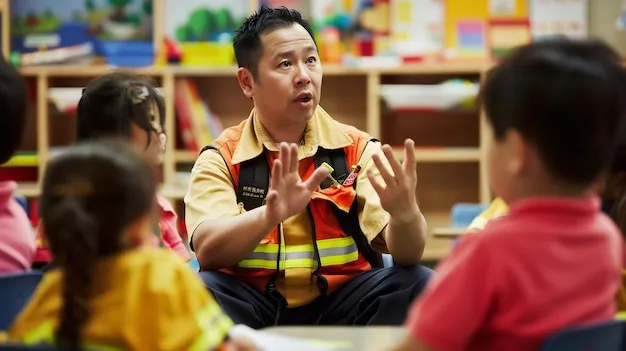ABA Therapy for Autism Therapy Programs
Discover ABA therapy for autism therapy programs, tailored to enhance communication, skills, and development.

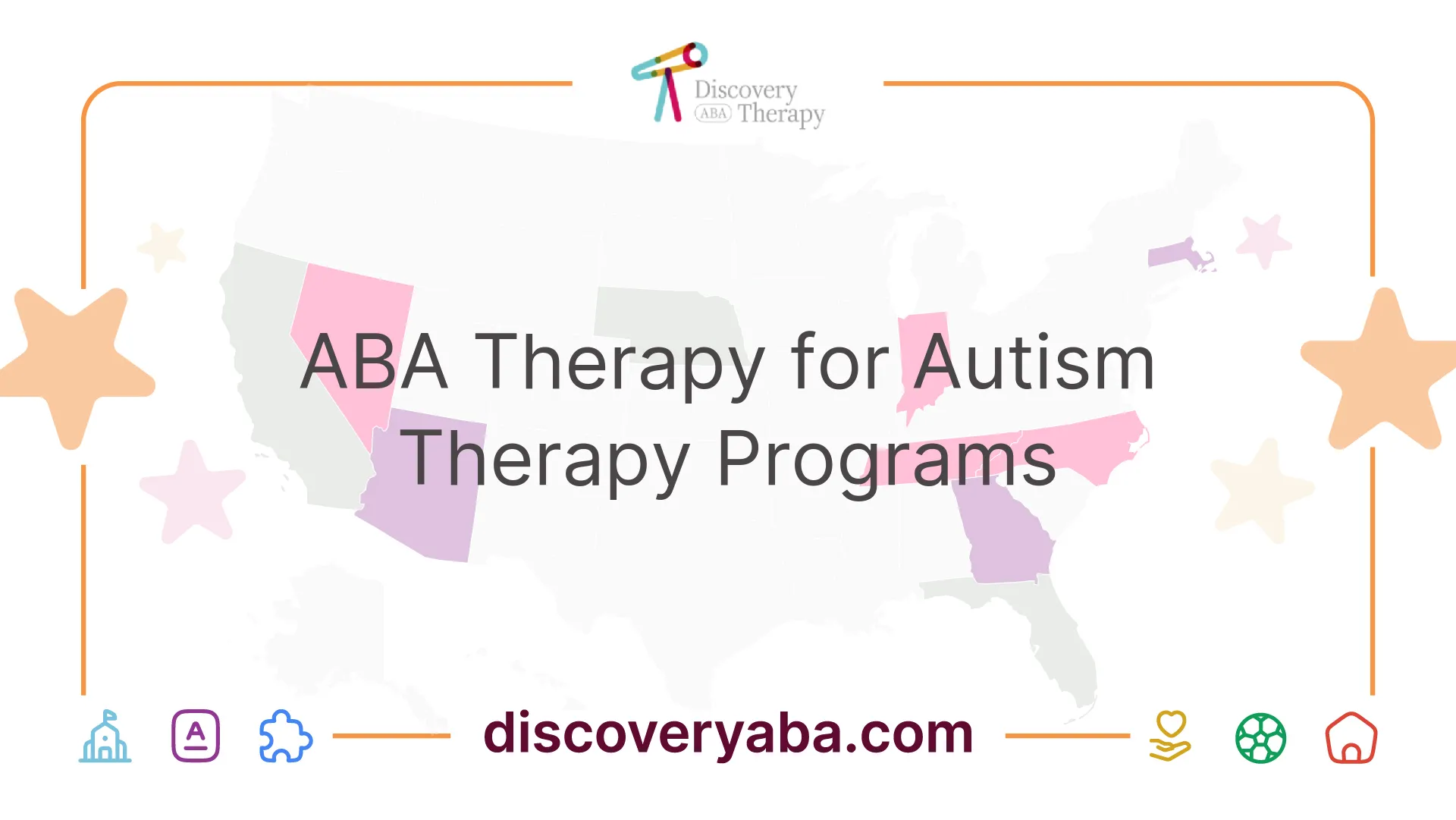
Understanding ABA Therapy
Evidence-Based Autism Treatment
Applied Behavior Analysis (ABA) therapy is recognized as the gold standard in autism treatment by influential organizations, including the US Surgeon General and the American Psychological Association. It is regarded as the most "evidence-based" approach available for individuals with autism due to a substantial amount of research backing its effectiveness [1].
Numerous studies indicate that ABA therapy can significantly enhance various conditions, including developmental delays and traumatic brain injuries, alongside autism. It has been shown to influence autism-related symptoms favorably in the long term, particularly when implemented as an early intervention strategy. With over 50 years of research supporting its efficacy, ABA is a well-established scientific discipline ideal for autism treatment [2].
Focus of ABA Therapy
The primary objective of ABA therapy is to equip children with autism with the skills necessary for their development, which has a positive impact on their overall quality of life. It emphasizes teaching new, appropriate behaviors to replace negative ones that may hinder their progress [1].
For instance, instead of solely focusing on eliminating problematic behaviors like aggression, self-injury, or tantrums, ABA therapy aims to teach alternative behaviors that accomplish similar objectives. This proactive approach contributes to fostering essential life skills and enhancing emotional regulation in children with autism [2].
These aspects make ABA therapy a critical component of effective ABA therapy for autism therapy programs designed to support the needs of children and their families.
Delivery and Setting of ABA
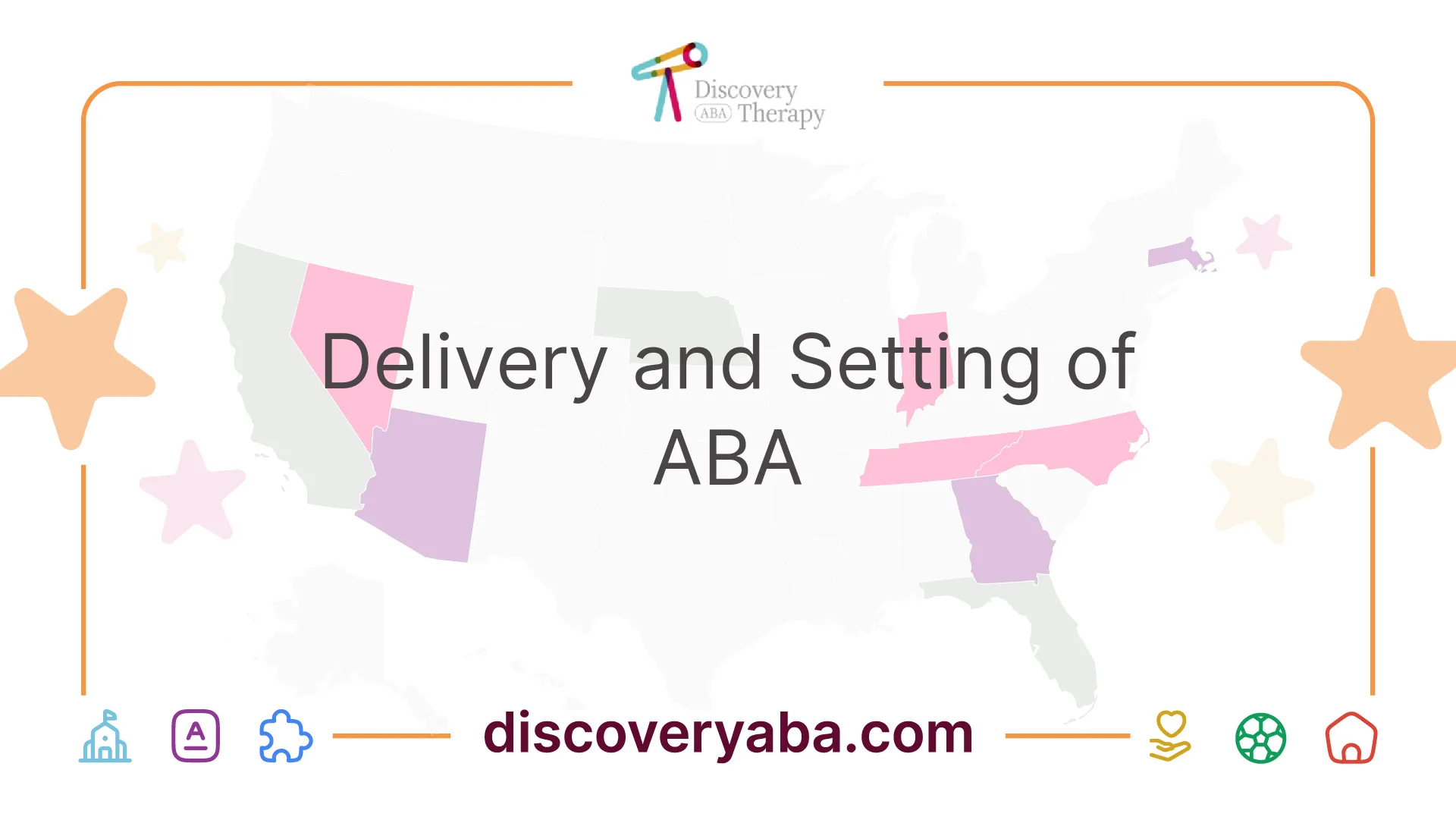
ABA therapy can be delivered in multiple environments, tailoring to the individual needs of children with autism. Understanding the various settings and the professionals involved is essential for parents and caregivers seeking effective treatment options.
Varieties of ABA Settings
ABA therapy can occur in a variety of settings, including:
SettingDescriptionHomeTherapy conducted in the child’s natural environment, allowing for direct application of skills in daily routines.ClinicStructured environment where professionals provide focused interventions and assessments.SchoolIntegration of ABA strategies within the classroom to support educational and social goals.CommunityUtilizing public spaces to practice social skills and behavior in real-world scenarios.
These diverse locations support children’s learning and development in contexts they frequently encounter, promoting generalization of skills learned during therapy. For more details on settings, check our page on ABA therapy for autism programs.
Roles of BCBAs and RBTs
In delivering ABA therapy, Board Certified Behavior Analysts (BCBAs) and Registered Behavior Technicians (RBTs) play pivotal roles. Each professional's responsibilities contribute significantly to the success of the therapy.
ProfessionalResponsibilitiesBCBADesigns individualized treatment plans, conducts assessments, and supervises RBTs. They ensure that the interventions align with evidence-based practices.RBTImplements the treatment plans designed by BCBAs, working directly with the child. RBTs conduct sessions under the supervision of BCBAs, collecting data to monitor progress.
Effective communication between BCBAs and RBTs is necessary for consistent implementation of interventions, ensuring alignment among all program participants. Understanding these roles can help parents make informed decisions regarding their child’s therapy options, such as selecting ABA therapy for autism treatment centers or exploring ABA therapy for behavioral analysis programs.
Parental Involvement in ABA

Parental involvement plays a crucial role in the effectiveness of ABA therapy. When parents and caregivers actively participate in their child's treatment, they help reinforce skills learned during therapy sessions. This section discusses the significance of parental engagement in treatment and explores reinforcement strategies for parents.
Active Participation in Treatment
The success of ABA therapy relies on parents and caregivers actively participating in implementing treatment procedures provided by Board Certified Behavior Analysts (BCBAs) and Registered Behavior Technicians (RBTs). By doing so, they are equipped with strategies to reinforce the work done during treatment sessions [1].
Parental involvement enhances the generalization of skills learned in a clinical setting to real-world contexts, such as home and social environments. It is critical for parents to work collaboratively with professionals to ensure that treatment plans are understandable and easy to follow. This structure allows for consistent behavioral modifications to be maintained at home [4].
Reinforcement Strategies for Parents
Reinforcement strategies are vital for encouraging positive behaviors and skill acquisition in children undergoing ABA therapy. Parents can utilize various techniques to support their child's development effectively.
Reinforcement StrategyDescriptionExamplePositive ReinforcementProviding a reward to increase desired behaviorsPraising a child for sharing their toysVideo ModelingUsing videos to demonstrate desired behaviorsWatching videos of children interacting positivelyPrompting and FadingProviding cues or guidance to help a child perform a behavior, then gradually reducing assistanceHelping a child say "thank you" and slowly encouraging them to do it independently
These strategies allow parents to play an active role in their child's therapy by promoting positive behavior change and skill development. The involvement of parents ensures that the lessons taught during ABA sessions are reinforced in daily life, leading to comprehensive skill development across different environments [3].
Through active participation and the implementation of effective reinforcement strategies, parents become integral to their child's progress in ABA therapy. For further resources and information on various ABA services, visit our links on aba therapy for autism therapy programs.
Individualized ABA Programs
Individualized ABA programs are essential in providing effective support to children with autism. Each program is tailored to meet the unique needs of the child, ensuring the best possible outcomes.
Tailoring to Child's Needs
ABA therapy utilizes a personalized approach, where treatment plans are developed based on assessments conducted by board-certified behavior analysts (BCBAs). These assessments inform the establishment of concrete treatment goals tailored to each child's specific strengths, challenges, and interests. This individualized approach ensures that therapy is relevant and engaging for the child.
Key components of tailoring ABA therapy include:
ComponentDescriptionAssessmentConduct comprehensive evaluations to identify needsGoal SettingEstablish individualized concrete treatment goalsIntervention DesignCustomize therapy techniques to fit the child's profileRegular ReviewsContinuously assess and adjust plans as needed
This individualized framework is foundational for successful interventions, as stated by Arizona Autism United.
Progress Monitoring and Adjustments
Monitoring progress is a critical aspect of individualized ABA programs. BCBAs track the child's development frequently to ensure the effectiveness of the intervention and to make necessary adjustments in real-time. This ongoing evaluation allows for modifications to be made to therapy techniques or goals, promoting continuous improvement.
The monitoring process includes:
ActivityFrequencyData CollectionDaily or WeeklyProgress ReviewsBi-Weekly or MonthlyGoal ReevaluationAs Needed
The commitment to monitoring and adjusting ABA therapy plays a significant role in optimizing outcomes. It enables the incorporation of methods such as positive reinforcement and video modeling, which support essential skill development. Adapting the program improves engagement and supports the child's journey toward increased independence and improved daily living skills, aligning with the core principles of aba therapy for autism programs.
Benefits of ABA Therapy
ABA therapy offers numerous advantages for children with autism, enhancing their verbal communication, independence, and social skills. By utilizing evidence-based techniques, ABA promotes positive development in various aspects of a child's life.
Verbal Behavior and Communication
One of the primary benefits of ABA therapy is its ability to improve verbal behavior and communication skills among children with autism. The therapy focuses on helping children understand and use language more effectively. This includes improving their interaction with others and developing alternative methods of communication that cater to their specific needs, such as:
Communication MethodDescriptionAAC DevicesAugmentative and Alternative Communication devices that help children communicate more effectively.Sign LanguageA visual language made up of hand shapes and movements.PECSPicture Exchange Communication System uses pictures to facilitate communication.
ABA therapy incorporates these strategies to foster an environment where children can learn to communicate their needs and emotions effectively, enhancing their overall quality of life. For more information on related services, consider visiting aba therapy for autism services.
Independence and Social Skills Development
Independence is another critical area where ABA therapy proves beneficial. Through specific teaching strategies, such as positive reinforcement, children learn new skills and perform age-appropriate tasks on their own. The gradual fading of reinforcement helps them maintain these skills without immediate support. This leads to greater self-reliance and the ability to navigate their environments confidently.
In addition to fostering independence, ABA therapy assists in developing better social skills through play-based and natural environment teaching. By engaging in practical activities and interactions, children learn to understand social cues, interact appropriately with peers, and form healthy relationships. Such improvements in social skills can significantly enhance their interactions and sense of belonging.
For further exploration of other services aimed at enhancing behavioral skills, consider checking out aba therapy for autism skill services.
These benefits highlight the comprehensive nature of ABA therapy in addressing critical developmental areas for individuals on the autism spectrum. The structured approach not only helps improve verbal skills but also nurtures independence and social capabilities.
Behavioral Techniques in ABA
In Applied Behavior Analysis (ABA) therapy, a variety of behavioral techniques are utilized to effectively address the needs of children with autism. These techniques play a pivotal role in promoting positive behavior and reducing negative behaviors.
Reinforcement Strategies
A cornerstone of ABA therapy is the use of reinforcement strategies. These strategies are designed to encourage desired behaviors through positive reinforcement, which involves rewarding correct tasks or goal behaviors. When individuals receive rewards for appropriate behaviors, they are more likely to repeat those actions in the future.
Reinforcement can take various forms, including verbal praise, tokens, or enjoyable activities. Over time, consistent reinforcement leads to the establishment of positive habits and skills.
Type of ReinforcementExamplePositive ReinforcementVerbal praise for completing a taskToken ReinforcementEarning tokens for good behavior, exchangeable for a rewardNatural ReinforcementRelating success to the activity itself (e.g., playing with friends after sharing toys)
To learn more about effective therapeutic strategies, explore our ABA therapy for autism treatment centers.
Reducing Negative Behaviors
In addition to reinforcement strategies, ABA therapy employs various techniques to reduce negative behaviors, such as aggression and self-injury. This is often achieved through interventions like Differential Reinforcement of Alternative Behavior, prompting and fading, and video modeling. Through these methods, children are taught appropriate behaviors that fulfill the same needs as their negative behaviors.
For instance, a child who exhibits tantrums to gain attention may learn to ask for help or to engage in a more suitable behavior to receive attention instead. This gradual transition helps decrease undesirable behaviors over time, fostering a more positive environment.
Key strategies used in this process include:
To delve deeper into behavior modification, consider our comprehensive guide on ABA therapy and child behavioral therapy.
These behavioral techniques form the foundation of ABA therapy by promoting positive behavior and decreasing negative behaviors effectively. Through individualized approaches, each child’s development can be fostered in a supportive manner.
References
[2]:
[3]:
[4]:
[5]:
[6]:
Does Your Child Have An Autism Diagnosis?
Learn More About How ABA Therapy Can Help
Find More Articles
Contact us
North Carolina, Tennessee, Nevada, New Jersey, Utah, Virginia
New Hampshire, Maine
Massachusetts, Indiana, Arizona, Georgia
.avif)










